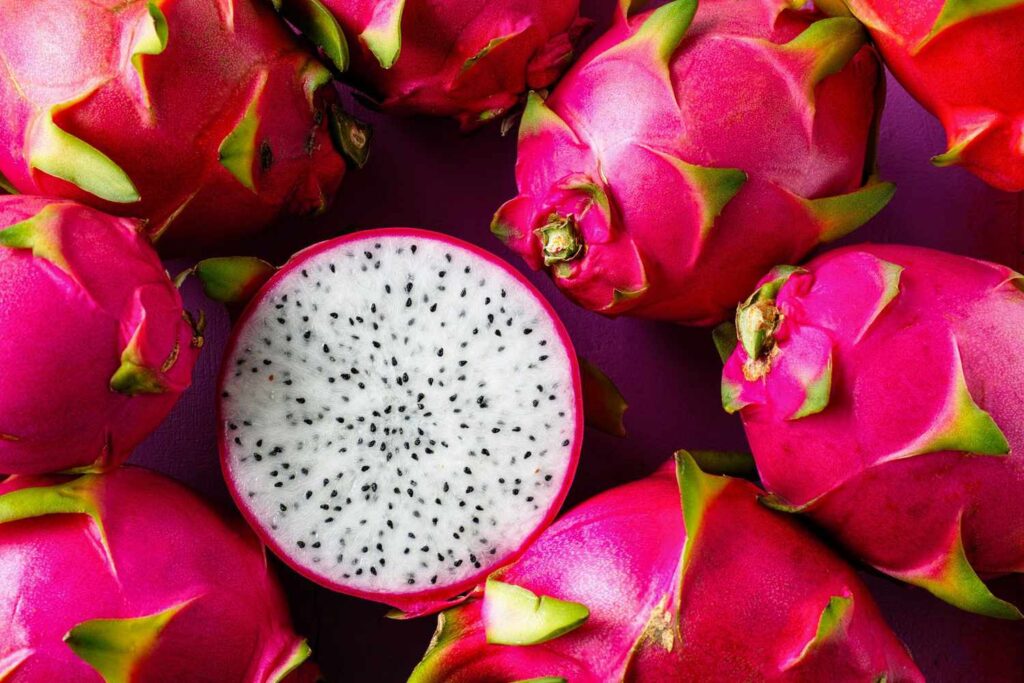Vietnamese fruits are gaining significant traction in Northeast Asian markets, particularly in the Republic of Korea (RoK) and Japan. These two markets now account for 80% of the total value of Vietnam’s fruit and vegetable exports, reflecting the region’s growing appetite for high-quality agricultural products from Vietnam.
As of July 2024, Vietnam’s fruit and vegetable exports had reached an impressive $3.8 billion, with durian contributing a substantial 40% of this total. This growth is largely attributed to the strategic implementation of Free Trade Agreements (FTAs), which have opened up new markets and reduced tariffs, making Vietnamese fruits more competitive globally.
China remains a key market for Vietnamese fruits, driven by its large population and strong demand. However, the RoK and Japan have emerged as significant players in the market due to their high-income populations and stringent standards for quality produce. As members of the Regional Comprehensive Economic Partnership (RCEP), both countries benefit from reduced tariffs and lower logistics costs due to their proximity to Vietnam, ensuring the freshness and quality of Vietnamese fruits upon arrival.
Vietnam has successfully negotiated market access for various fruits in these countries. China currently imports 12 types of Vietnamese agricultural products, including dragon fruit, longan, lychee, mango, and durian. Japan has opened its market to dragon fruit, mango, lychee, and longan, while the RoK has recently approved the import of fresh grapefruit from Vietnam.
These market entries represent significant milestones, offering opportunities to boost export turnover and enhance the global standing of Vietnamese agricultural products. However, the process of gaining market access is often complex and time-consuming, with negotiations sometimes taking several years to conclude.
Maintaining compliance with the importing countries’ standards is crucial to ensuring the continued success of these exports. Any violations could jeopardize the entire industry, leading to potential warnings or even suspension of exports.
Vietnamese fruits are becoming increasingly diverse and of higher quality, making them popular in various international markets. Exporters have made strides in understanding and adhering to global market regulations on food safety and plant quarantine. However, farmers, who are at the beginning of the agricultural value chain, often struggle to keep up with these regulatory changes.
To address this challenge, it is essential for regulatory bodies, local authorities, and businesses to provide support to farmers. By improving production standards, packaging, and branding, they can enhance the reputation of Vietnamese fruits on the global stage and ensure continued growth in Northeast Asian markets.

